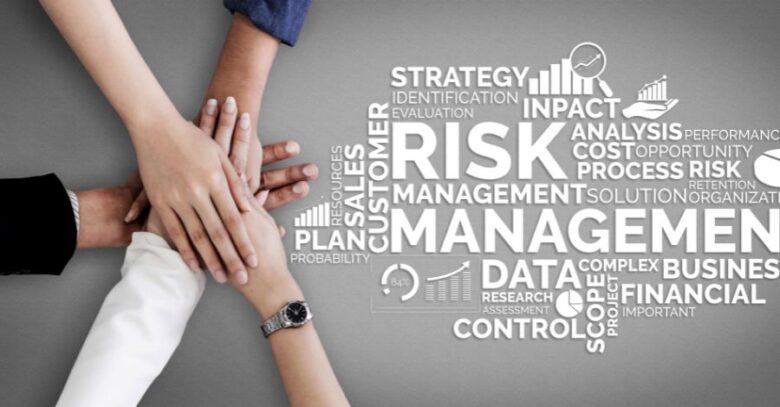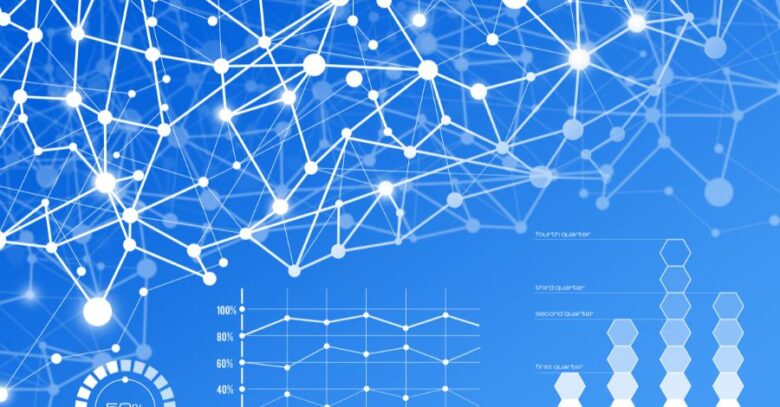Risk management is a critical aspect of business operations, helping organizations identify and mitigate potential threats. Traditional risk management models rely on historical data and subjective assessments to make informed decisions. However, the emergence of predictive analytics has revolutionized the field, enabling organizations to proactively identify risks and make data-driven decisions. This article explores how …
The rapid growth of the Internet of Things (IoT) has revolutionized the way we live and work, connecting a wide range of devices and systems to the internet. While the IoT offers numerous benefits and opportunities, it also introduces new risks and vulnerabilities that must be addressed. This article explores the risks associated with the …
In the field of risk management, understanding human behavior and decision-making is crucial for designing effective risk mitigation strategies. Cognitive biases, which are inherent mental shortcuts and patterns of thinking, significantly influence how individuals perceive and respond to risks. This article explores the concept of nudging and how leveraging cognitive biases can enhance risk management …
The ‘Swiss Cheese’ model is a well-known concept in risk management that illustrates how multiple layers of defense can mitigate risks. It suggests that each layer, represented by slices of cheese, has potential holes or weaknesses. However, when these layers align correctly, the holes are less likely to align, reducing the overall risk. But is …
Climate change is a global phenomenon that presents significant challenges to industries across various sectors. As the Earth’s climate continues to change, industrial operations face increased risks and uncertainties. This article explores the importance of climate change in risk assessment and provides insights into navigating the industrial challenges associated with it. Understanding Climate Change Risks …
As industrial operations become increasingly digitized and interconnected, the risk landscape has expanded to include cybersecurity threats. The convergence of operational technology (OT) and information technology (IT) systems has created new avenues for potential attacks, posing significant risks to process safety. This article explores the unseen vulnerabilities that arise from cybersecurity threats and their implications …
Behavioral economics is a field that combines principles of psychology and economics to understand how individuals make decisions and choices. In the context of risk management, incorporating behavioral economics can provide valuable insights into human behavior and decision-making processes. This article explores the role of behavioral economics in industrial risk mitigation, highlighting how understanding human …
In the realm of risk management, data plays a vital role in identifying, assessing, and mitigating potential hazards. However, there is a vast amount of untapped data lurking beneath the surface, known as dark data. Dark data refers to the information that is collected and stored but not effectively utilized or analyzed. In the context …
Process safety in industrial operations often involves a careful evaluation of technical and operational factors. However, an often-underappreciated facet of risk management involves the impact of societal factors. This article explores how societal factors influence process safety, and why they warrant more attention in risk management strategies. The Societal Context of Industrial Operations The societal …
Understanding the complexities of industrial risk is a constantly evolving field. While traditional methods continue to provide value, new mathematical approaches, such as graph theory, are pushing the boundaries of how we understand, predict, and manage risk. Graph theory provides a unique framework for modeling and analyzing complex systems, allowing for a more comprehensive understanding …










